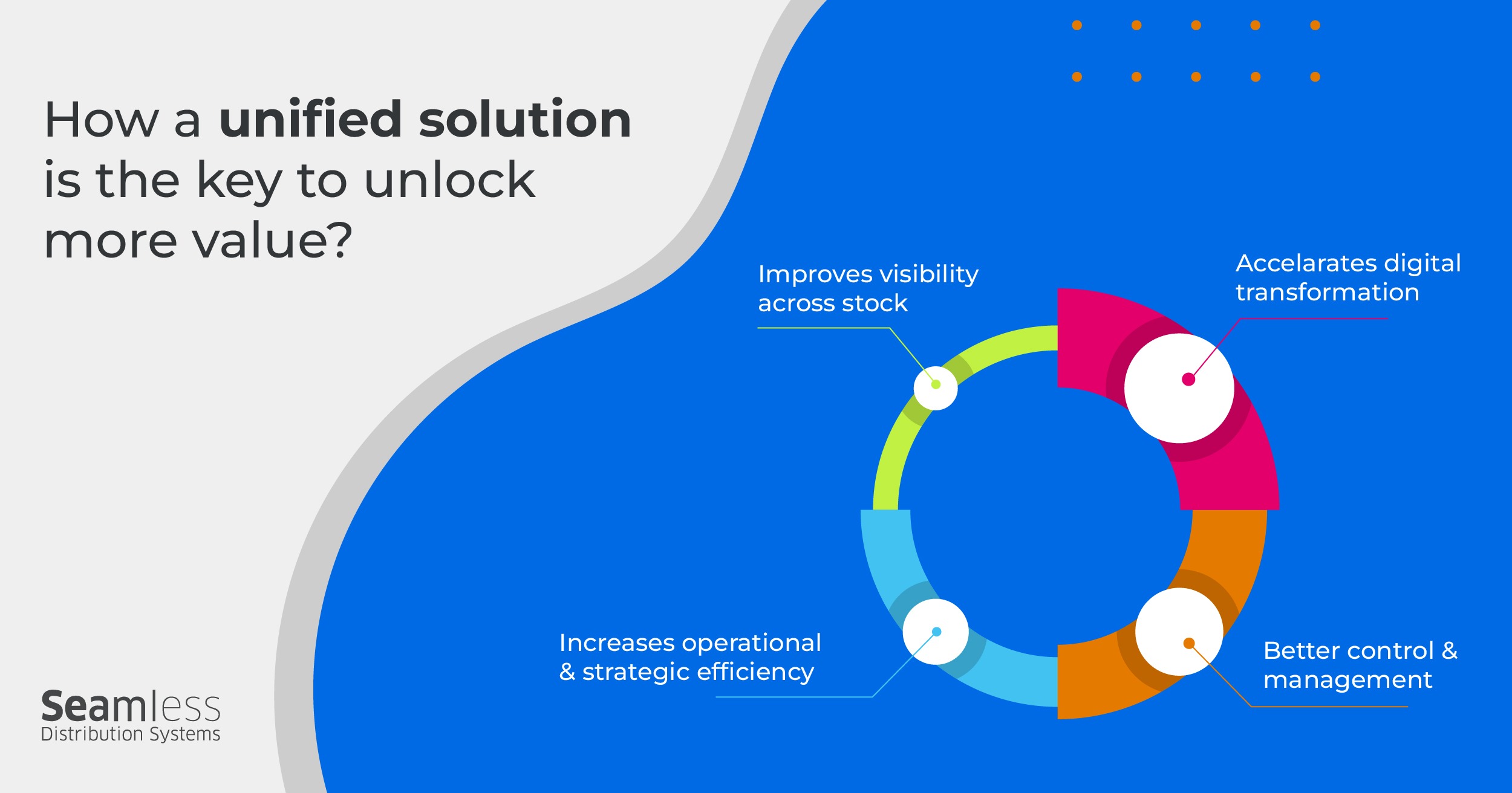While the post-covid telecom market has seen spikes in the adoption of digital services, physical retail and distribution remains crucial to delivering customer experience and effective branding. Throughout the buyer’s journey, subscribers rely on direct and indirect points of sale (POS) for connectivity making MNOs dependent on retail shops for meeting sales objectives and providing customer service, further compelling them to reassess their supply chain.

Especially in emerging economies where smartphone penetration is growing but yet to peak, POS resellers are pivotal for revenue generation. Yet due to poor visibility on their physical inventory, this is also where telcos are starting to see revenue leakage. Forecasting and tackling challenges like these is critical to ensuring that your retail sales consistently hit and exceed targets.
The Telecom Revenue-Growth Newsletter
Our coveted monthly newsletter compiles vetted insights on creating effective sales and distribution chains that fulfil telcos' revenue goals. That, and a lot more.
Here’s a list of what will be covered in this blog:
Immediate POS challenges that MNOs come across
1. Delays in getting credit to replenish stock
What can be done?
By offering resellers with a one-click emergency airtime credit option, telcos can achieve improved business continuity for resellers by minimizing interruptions caused by stock outs. To further ensure that resellers don’t refuse your services to customers, it’s important to have emergency airtime credit available through even the most basic channel, to allow resellers to replenish stock regardless of the way they normally recharge. This flexibility also keeps resellers responsive in emergencies or crisis situations which is a win on its own.
2. Subscribers face challenges accessing resellers for top-up
What can be done?
MNOs should aim to equip subscribers to self-register digitally via an interactive mobile application as resellers. This would enable telecoms to quickly scale up their sales capacity and allow other subscribers to top-up with an incentive of earning extra income.
3. POS resellers face challenges with the supply of printed vouchers
What can be done?
To prevent interruptions in business continuity or distribution chain, digital vouchers can be sent to the consumer via SMS, printed through a built-in printer in the POS terminal or an external bluetooth printer. This also has the added benefit of being able to produce a voucher of any value based on the end consumers’ request. For the telecom operator, this means significant cost reductions as voucher generation, printing, and distribution, especially since this can be done directly at the moment of purchase in real-time.
4. POS resellers not receiving adequate support
What can be done?
One window operations for POS resellers allows operators to prioritize and manage resellers comparatively easier than handling multiple avenues, in case of limited workforce capabilities. Having a single platform which provides a complete digital self-service tool for resellers to manage their business also simplifies operations for POS. Resellers should be able to use one tool to perform transactions, check details, manage their account and sub-resellers as well as register complaints or track progress of inventory requests.
How a unified solution is the key to unlock more value
With the way the industry is moving ahead, it is imperative that MNOs incorporate solutions in their stack that enable the planning and disbursement of dealer incentives using their transaction and campaign data to grow sales, improve reseller loyalty and increase ROI on incentives spending. By adopting a digital value distribution platform that accelerates their digital transformation, they can benefit from better control, management, and visibility across their stock which directly increases operational and strategic efficiency. Not only this, but they would also be able to create intelligent campaigns, with performance tracking and smart alerts to keep POS resellers motivated.
A multi-dimensional solution should be layered with analytics and business intelligence to make sense of huge data points generated by transactional platforms, and to provide immediate, actionable insights on key aspects of sales and distribution. With this, telcos can easily identify trends and opportunities as well as gaps in the sales and distribution network and use the said insights to make strategic decisions for performance enhancement.

Final Thoughts
The post-pandemic shocks and the resulting inflation has further accentuated the need for developing a robust digital ecosystem for MNOs and has necessitated for them to increase investment in digital solutions for their S&D. To address the challenges highlighted above, telecom operators have to stay well ahead of the digital transformation learning curve and upgrade their sales and distribution for a smooth and consistent customer experience through all touch points. The key for driving momentum and scaling growth for agile telecoms is primarily to build on responsiveness of retailer POS and incorporate data-driven strategies.


